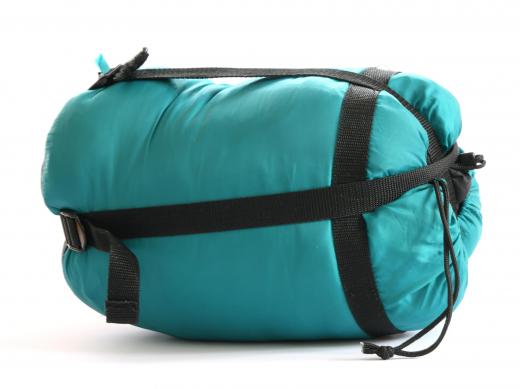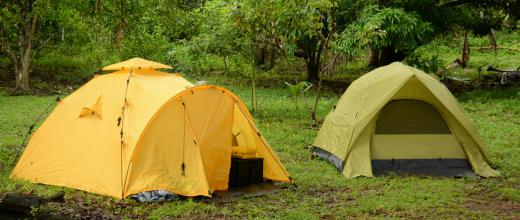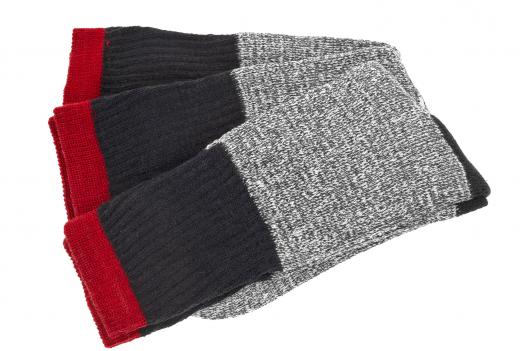Having the appropriate hiking gear is essential to having a fun, safe time on the trail. There are two kinds of hiking gear – things needed for day hikes and things needed for overnight or backpacking trips. There are some items of hiking gear that overlap for both day hikes and overnight hikes; however, the majority of gear is needed for overnight or longer hikes. Preparedness for all circumstances is the key to survival when hiking, regardless of the length of departure.
For day hikes, one of the most important pieces of hiking gear is the daypack. A daypack is a small backpack, capable of carrying all the gear that is needed for a shorter hike. They typically have one main compartment and potentially a few outer compartments for carrying water bottles or other items that need to remain handy. They can be much cheaper than a full-size backpack; however, they can still hold everything a hiker needs for a lengthy daytime hike.

It is always a good idea to err on the side of caution for most day hikes. Consequently, items such as a first aid kit, a water-repellent jacket, a compass, a small flashlight, matches, and a pocket knife are good items to bring – they may never be used, but if they are needed, then they become absolutely necessary. In addition, a good pair of Gor-TEX® hiking boots will give your feet and ankles support, keep your socks dry, and prevent accidental falls from occurring. A few basic items can make a large difference when hiking, even just a few miles.

A water bottle is another essential piece of hiking gear. In fact, the average amount of water that will be consumed on a full day hikes is 3 quarts (2.83 L). Shorter hikes require less water; hikes in desert climates may require even more water. If it is necessary, a water pump and filter may be needed to refill a water bottle while hiking – however, make sure that there is a water source on or near the trail.

Overnight hikes require even more hiking gear, including the things used during a day hike. For overnight hiking trips, because even more gear and food is required, it is important that the hiking gear is very lightweight. Heavy hiking gear will cause too much stress and strain on the hiker’s body and can cause premature fatigue.
The backpack used for overnight trips is usually much larger than a daypack. The most common backpacks available have an internal frame and plenty of pockets. It will hold all the hiking gear needed for a warm, dry, night’s sleep. It will typically have several internal and external compartments so that gear can easily be organized and found in a hurry.

A down sleeping bag is lightweight, can be compressed to a small size. It will provide plenty of warmth – more than its synthetic-filled counterparts. However, if it becomes wet, it will not easily dry and can cause hypothermia. Sleeping bags can be designed specifically for men, women, and children – or they can be uni-sex. For the most comfortable sleeping experience, a thin inflatable mattress pad can be carried and rolled underneath the sleeping bag at night. It will prevent the hiker from feeling every little bump or dip in the ground underneath the tent.

Most people prefer to camp overnight on the trail with a tent. Tents can be very small and lightweight – for one person only – or they can be larger, heavier and sleep two, three or even more people. Tents can be thinner and breezy for warm weather camping – called one-season or two-season tents. Or, they can heavy, with wind-resistant rain flies for colder weather – called three-season or four-season tents.

Other hiking gear includes a head lamp with fresh batteries, ropes and stuff sacks for hanging food items that may attract animals, a backpacker’s cook stove with a full tank of fuel, matches, titanium pots, food bowl and eating/cooking utensils, and a spade to dig a latrine (hole in the ground) away from camp and any source of water.
